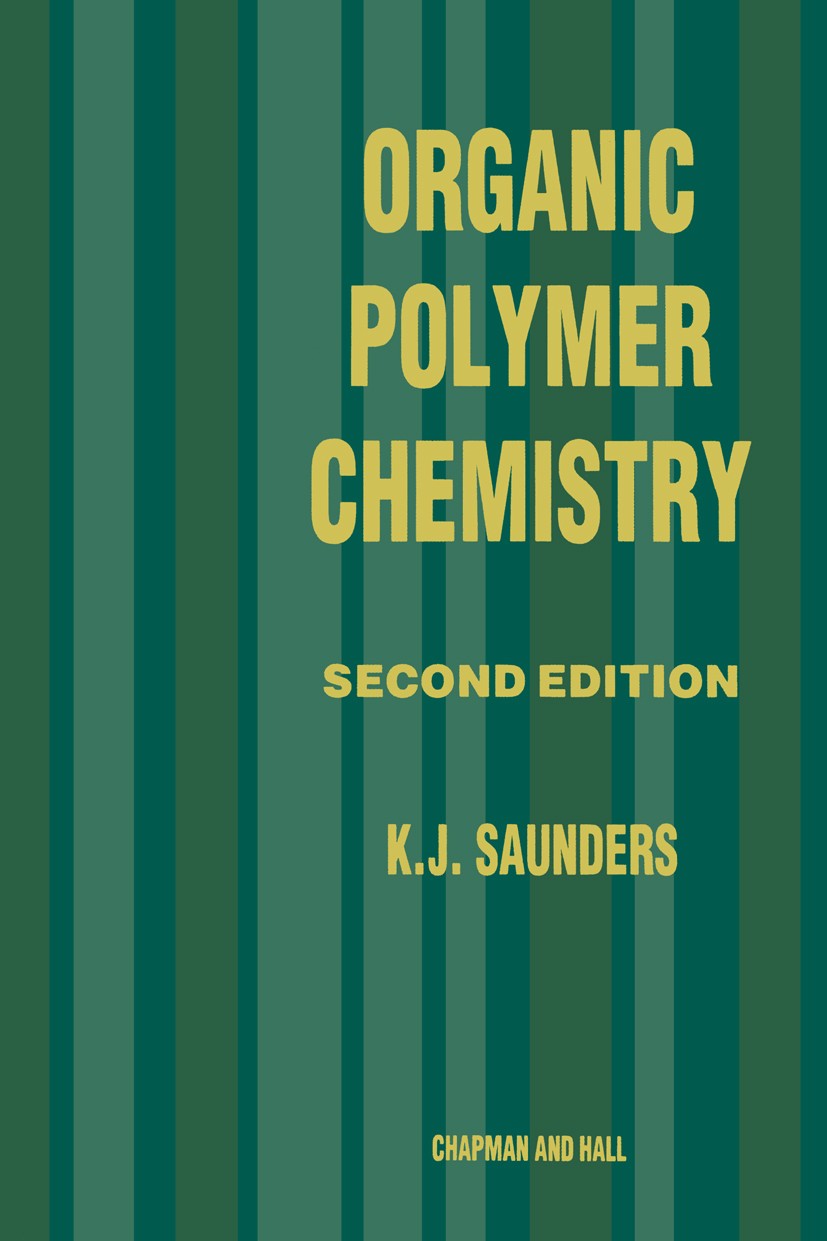| 书目名称 | Organic Polymer Chemistry | | 副标题 | An Introduction to t | | 编辑 | K. J. Saunders | | 视频video | http://file.papertrans.cn/704/703863/703863.mp4 | | 图书封面 |  | | 描述 | This book deals with the organic chemistry of polymers which find tech nological use as adhesives, fibres, paints, plastics and rubbers. For the most part, only polymers which are of commercial significance are considered and the primary aim of the book is to relate theoretical aspects to industrial practice. The book is mainly intended for use by students in technical institutions and universities who are specializing in polymer science and by graduates who require an introduction to this field. There are available several books dealing with the physical chemistry of polymers but the organic chemistry of polymers has not received so much attention. In recognition of this situation and because the two aspects of polymer chemistry are often taught separately, this book deals specifically with organic chemistry and topics of physical chemistry have been omitted. Also, in this way the book has been kept to a reasonable size. This is not to say that integration of the two areas of polymer science is undesirable; on the contrary, it is important that the inter-relationship should be appreciated. I was gratified by the favourable comments prompted by the first edition of the book and I | | 出版日期 | Book 1988Latest edition | | 关键词 | chemistry; polymer; polymer chemistry | | 版次 | 2 | | doi | https://doi.org/10.1007/978-94-009-1195-6 | | isbn_softcover | 978-94-010-7031-7 | | isbn_ebook | 978-94-009-1195-6 | | copyright | K. J. Saunders 1988 |
The information of publication is updating

|
|
 |Archiver|手机版|小黑屋|
派博传思国际
( 京公网安备110108008328)
GMT+8, 2025-11-11 23:43
|Archiver|手机版|小黑屋|
派博传思国际
( 京公网安备110108008328)
GMT+8, 2025-11-11 23:43


